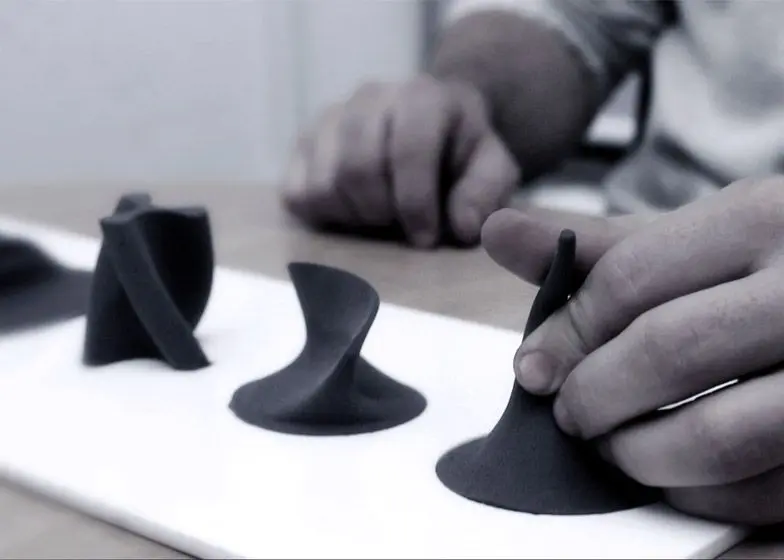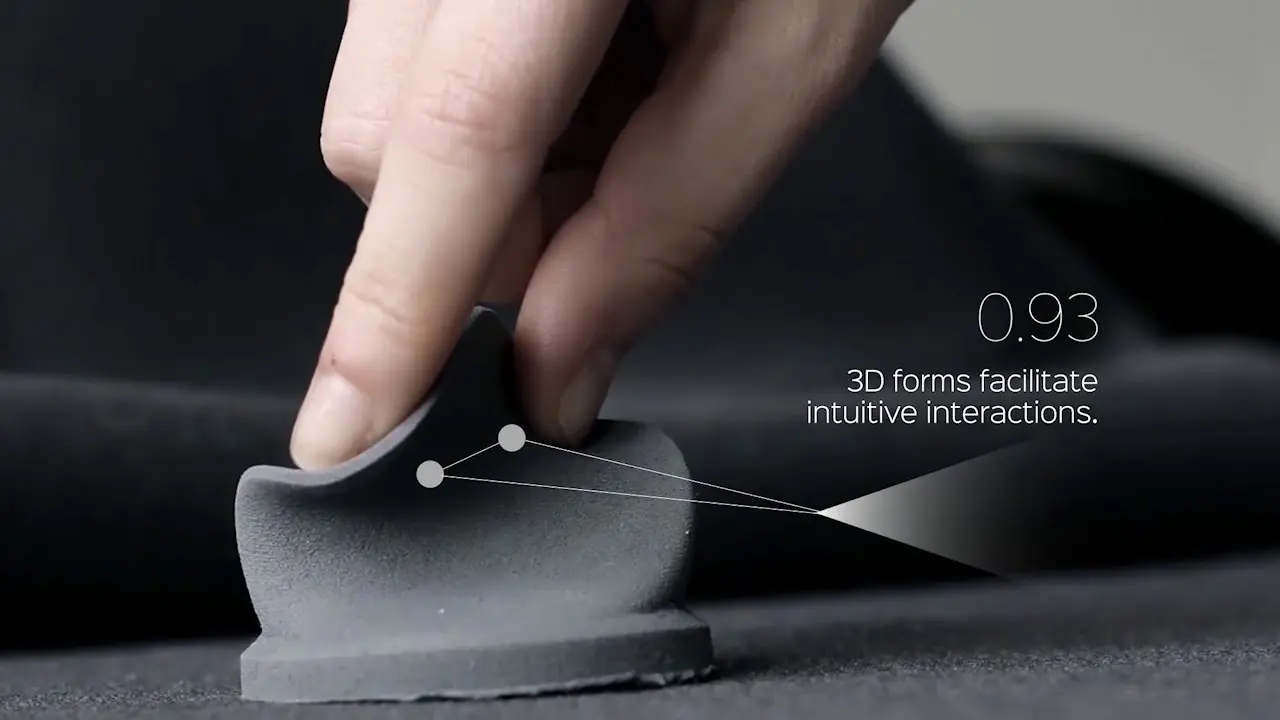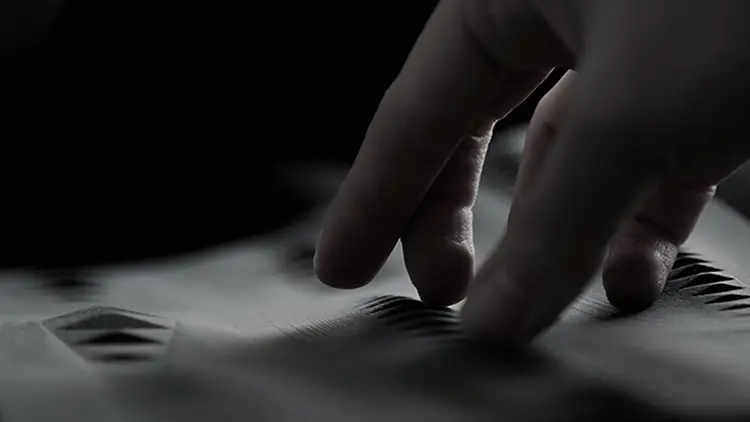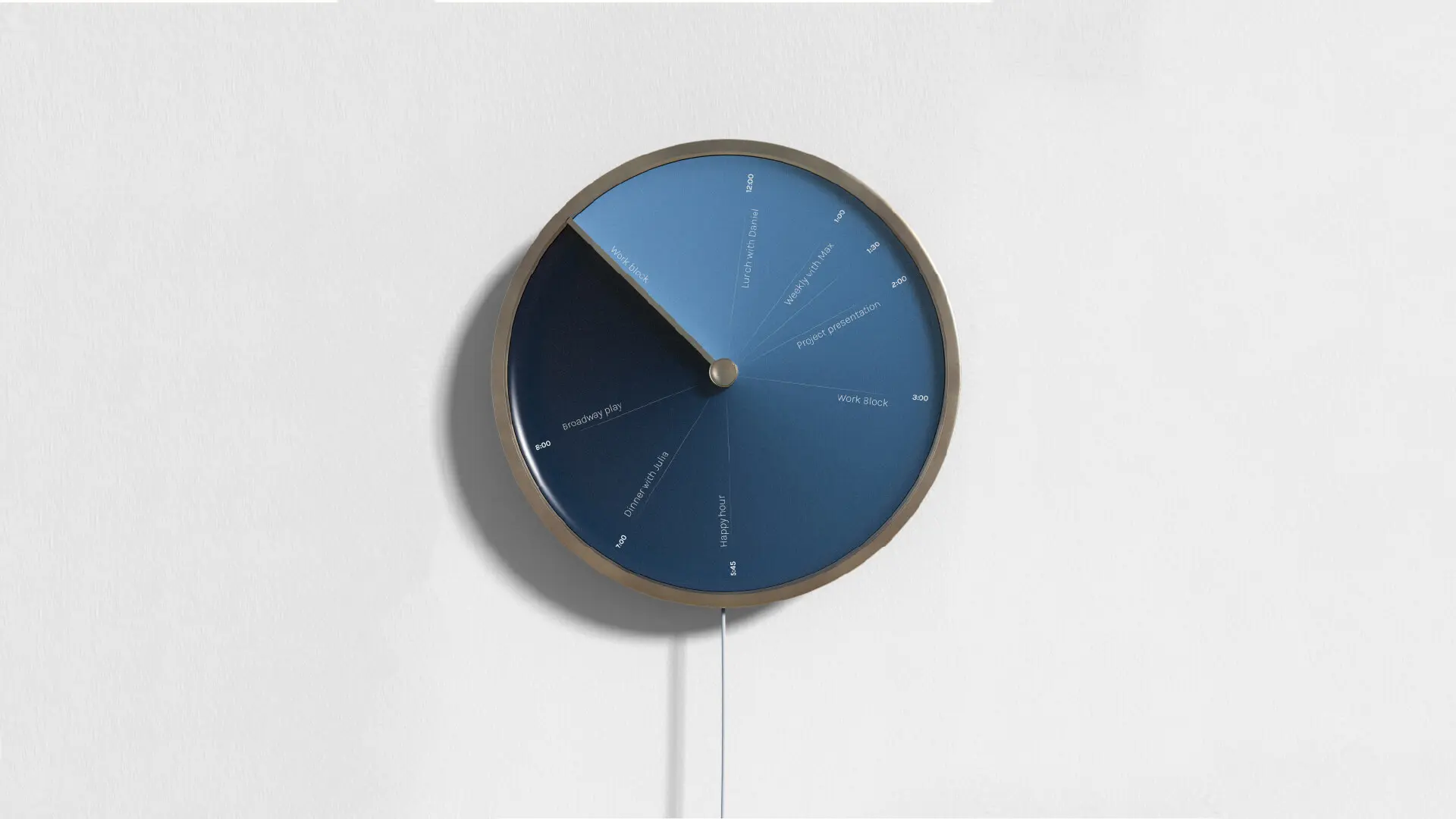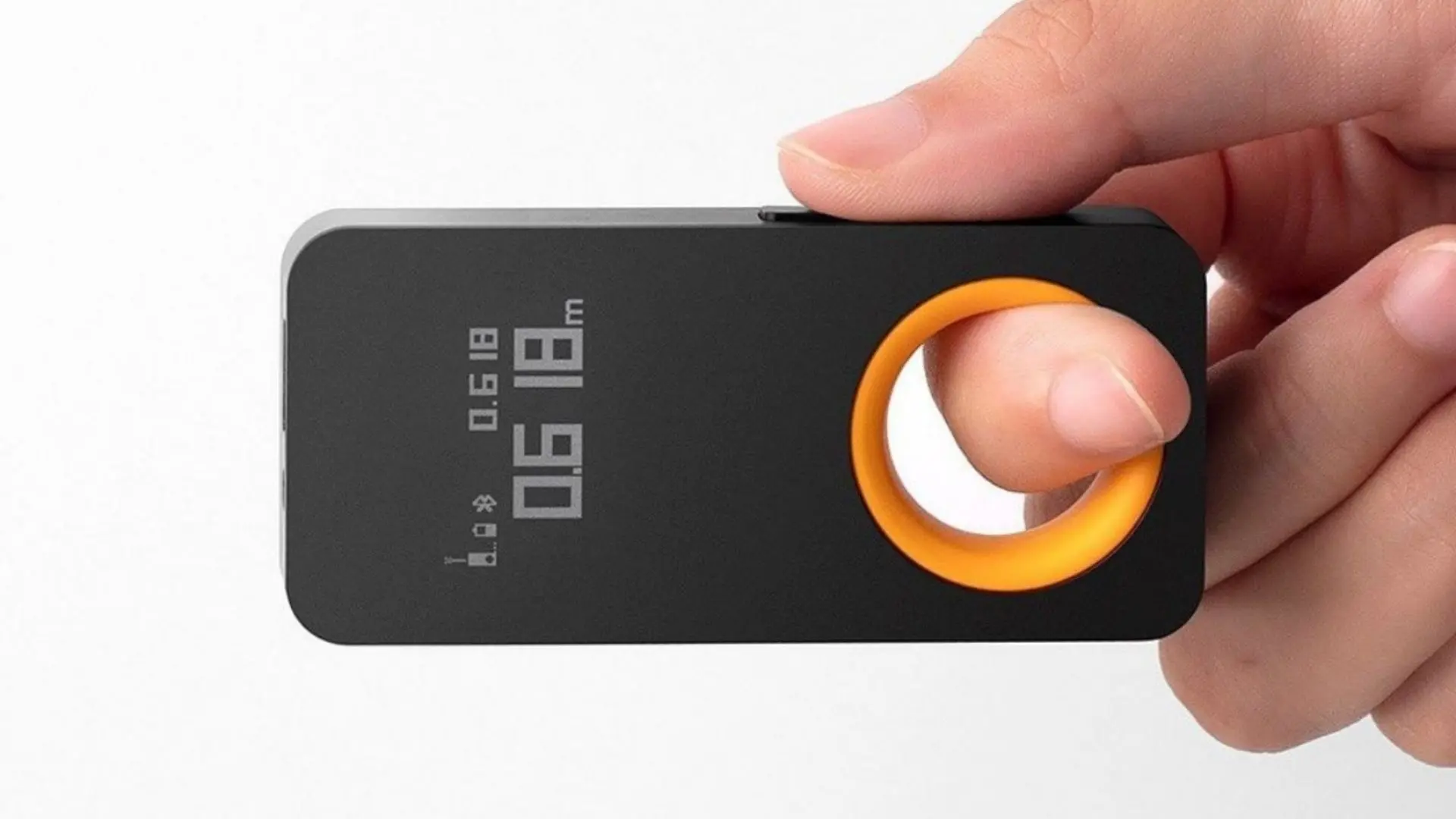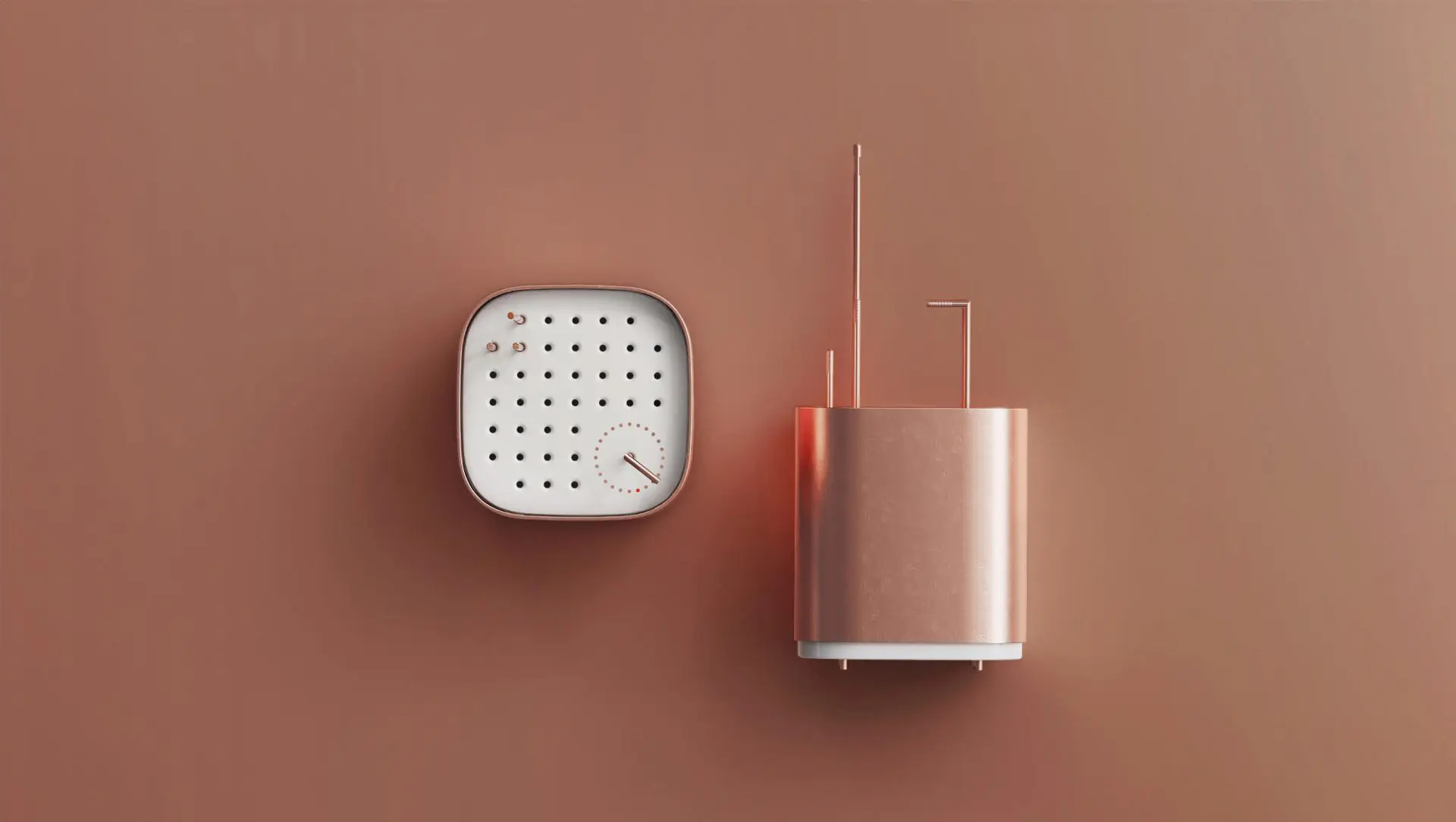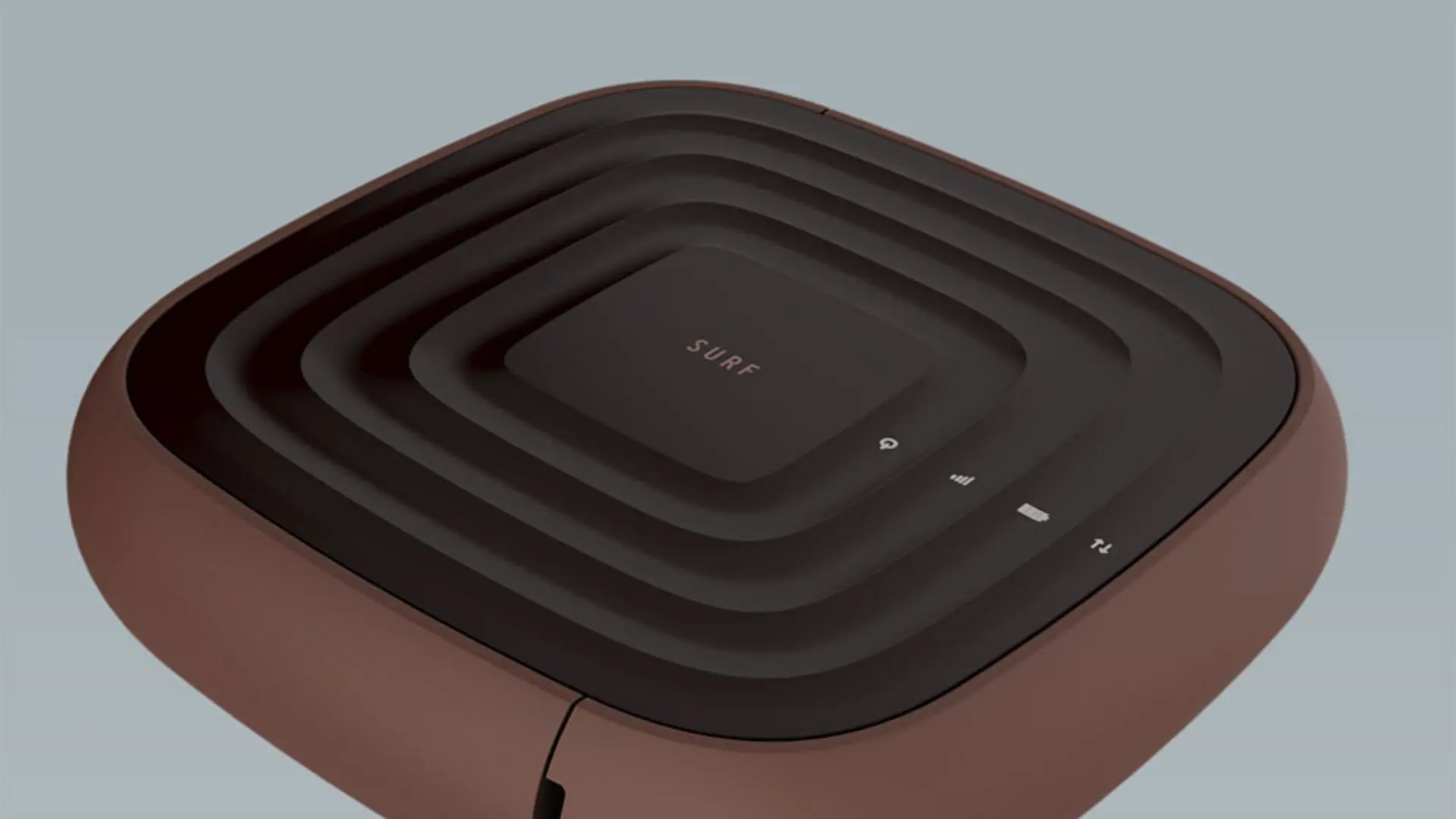3D intuitive interaction controls: interview with TG0
TG0 is a tech start-up replacing electronic sensors with tactile material, creating 3D controls that are simple, inexpensive, sustainable and intuitive

Nearly all electronic product controls – keyboards, tablets, gaming consoles, control units etc. – have the same limitation: bundles of flat, unstimulating on/off buttons. TG0 is capable of sensing not only if, but where and how it touched.
The soft material can provide high-definition analogue pressure signals, and it can be moulded to any 3D shape to facilitate any physical interaction.
“We created a platform technology using one injection moulded material to replace all capacitive and resistive sensors needed in a control interface.“
TG0 or Tangi0 translates to ‘touch zero’ in Chinese, which shares the meaning of ‘grounding’ as an electrical term, and shares the pronunciation of ‘flexible and spiritual’.
How did the TG0 journey begin?
TG0:
“The initial idea came up in 2015. One of the founders of the company was working in the field of plastics manufacturing at the time. Ming Kong thought since most electronic devices have injection-moulded plastics cases, there was a missed opportunity to turn the plastics into interactive surfaces instead of embedding traditional metallic sensors.
If this worked, it would obviously save costs and be a much more sustainable solution compared to any existing electronics solutions out there.
There were some challenges though. For example, turning plastic into sensors can result in additional wire connections, to solve this the plastic parts have to be designed with considerations on both the end-user experience and the ability to produce signal patterns that can describe the movement of a finger/hand with very few connections.
That was when Ming met Dr Liucheng Guo who then took over the AI and signal processing development of the technology and realised the technical vision.”

From a design perspective, TG0’s material opens up unprecedented freedom not only in terms of the surface shape but also in enabling meaningful and unique ways of product interaction.
TG0:
“Whenever a human or an object touches our material surface a signal is generated. We use machine learning algorithms to analyze the signal and train the machine to understand a certain touch to correspond to a certain output.
That output then can be used to control technology or be a source of other data for use with applications. Deformation, pressure, location and so forth.
We have now expanded the applicable materials to include hard plastics such as ABS, PC and soft plastics such as TPU, TPE and even silicone rubber or foam. We can build surfaces with different colours, finishes and lighting. It all depends on what the customer wants.
The TG0 material can be fabricated or moulded with a thermoforming process. Since we are dealing with a lot of mass production scenarios in the automotive and gaming sectors, 3D printing becomes too limited in terms of volume and finish standards.

However, we welcome ideas around the individualisation and customisation of our materials to give more access to our consumers. We have been working mostly with known companies in the automotive, aerospace and consumer electronics markets.
Speaking specifically for example in physiotherapy, we could create a pressure-sensing ring. That could be integrated into a physiotherapy application dealing with people with grip issues.
The physiotherapy could be gamified on the software layer, with daily exercises, tracking and mapping of the progress of grip strength data, finger mobility and similar data.
Another common physiotherapy scenario is Achilles tendonitis. At the moment of diagnosis is done clinically which is costly, occupies physicians whose resources and time can be spent elsewhere and typically is done post-factor when it’s fairly late in the condition.
We can design a shoe insole that wore over time could be trained to establish a baseline for a healthy foot and tendon. When the algorithm detects outliers and fluctuations from the baseline the user can get a notification informing the need to take preventive action.
As the number of users grows we gain the benefit of big data and AI/ML models. At that point, we no longer require a training period and we would be reliably able to tell if a user has Achilles tendon issues the moment he puts on the shoe.
Same fundamental principle of smart wearable devices can be used for remote elderly care. Have your elderly parents not moved for the last two hours? Perhaps it’s worth giving them a call to check upon them. Are your grand-mothers footsteps not as stable as they were yesterday?
Get notified on your phone and take preventive action – this may be a sign of an underlying issue that can be acted upon.”
The TG0 material expands the scope of possibilities of how touch, pressure and gesture are being applied in design and other real-world scenarios. Some of the most impactful industries can be automotive, digital interfaces, AR, sports and health.
TG0:
“We already have a very strong customer base in the automotive sector. Window controls, door handles, steering wheels or central consoles all benefit greatly from our touch-sensing technology.
The design freedom our material offers lends itself to creating very unique and meaningful interactions between car and driver. The advent of autonomous vehicles makes data even more important.
By using our materials we can answer questions about how the driver behaves, infer stress levels, drowsiness, intoxication and adapt the behaviour of the car’s systems to act accordingly providing a more engaging and safe environment for the driver.”
We’ve recently hired Jakub Kamecki in TG0, a passionate VP of Business Development and Partnerships. He brings a wealth of experience in technology, data and strategy to the table.
With his help, we are aggressively pursuing opportunities in consumer electronics, virtual reality, gaming, healthcare and accessibility, aviation, maritime, wearables, internet-of-things, smart homes and cities. Opportunities are truly endless.
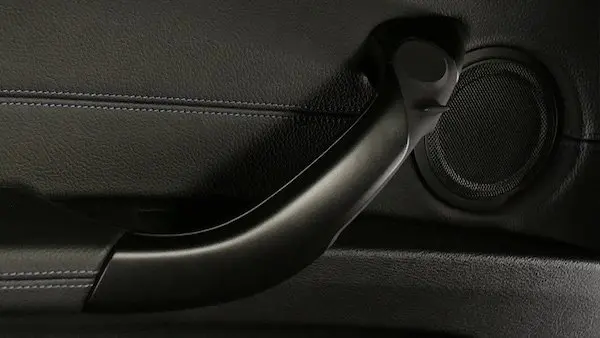
Our technology is at the intersection of vision, tactile feedback, haptics and sound. The only frontier is your imagination. We invite designers to get in touch with us to talk about how we can bring to life their ideas on touch sensing human-machine interfaces.
Market reception for our technology has been overwhelmingly positive. It offers unprecedented freedom of design, touch and gesture resolution is second to none at this price range. There is clear potential for this to be an industry-recognized standard for years to come.
Gaining market share and speed of execution is the key. Getting this material in front of industrial and product designers is our main focus. Forming partnerships is the key to success.
A big part of the next stage of our company growth and development is data. We will be building on the data that our sensors provide to develop AI/ML models that can help people and companies make meaningful decisions about their products, how they are being used and how they can change their lives for the better.”


